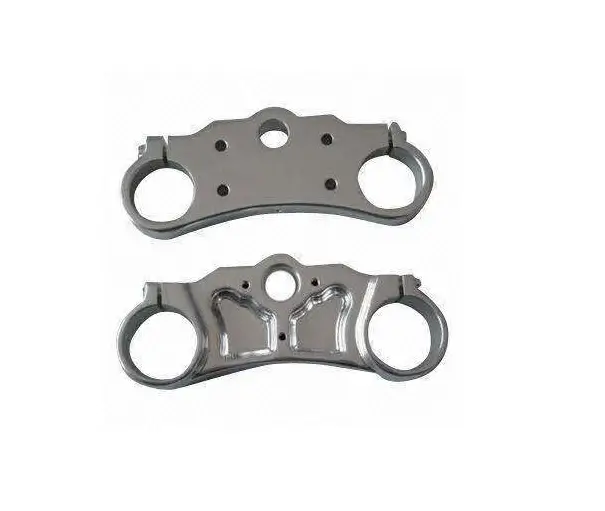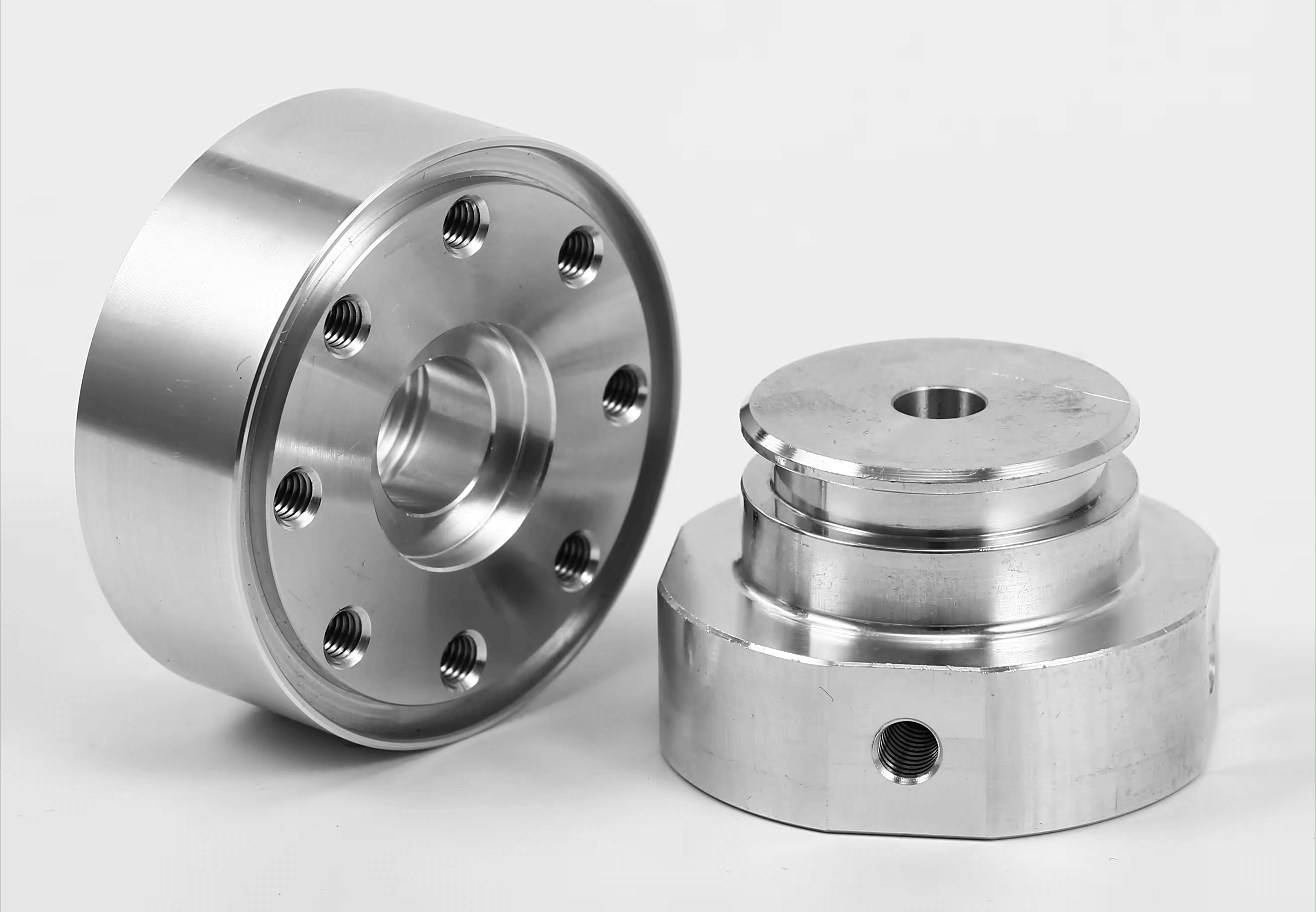The Advantages of CNC Machined Components in Precision Manufacturing
In the world of precision manufacturing, CNC machined parts have become an integral part of the process. CNC stands for Computer Numerical Control and refers to the use of computers to control machine tools. The technology has revolutionized the manufacturing industry and offers many advantages over traditional methods. Even diagram washing machine parts name, eastman cutting machine parts list pdf, and elna sewing machine parts list are no problem.
Major Advantages of CNC Machined Components
One of the main advantages of CNC machined parts is their accuracy. Because the use of computer-controlled machines ensures that each component is produced with high precision. It is this level of accuracy that has important implications for industries such as aerospace and medical. Because in an industry like aerospace, even the smallest deviation can have significant consequences. Thus, after CNC machining, manufacturers can achieve tolerances as low as 0.001 inches, ensuring that each component such as diagram washing machine parts name, eastman cutting machine parts list pdf, and elna sewing machine parts list meets the required specifications and fully complies with the industry’s requirements for the part.
Another advantage of CNC machined components is their consistency. Traditional manufacturing methods often rely on manual labor, which can lead to variations in the final product. With CNC machining, the process is automated, eliminating the potential for human error. This consistency is particularly important in industries where large quantities of identical components are required, such as automotive manufacturing. CNC machines can produce thousands of components with the same level of precision and quality, ensuring that each one is identical to the next.
CNC machining also offers increased efficiency in the manufacturing process. The use of computer-controlled machines allows for faster production times compared to traditional methods. Once the design is programmed into the machine, it can produce components at a much higher speed than a human operator. This increased efficiency not only reduces production time but also lowers costs, making CNC machining a cost-effective solution for manufacturers.

Furthermore, CNC machined components offer greater design flexibility. Traditional manufacturing methods often have limitations when it comes to complex designs or intricate details. CNC machines, on the other hand, can produce components with intricate shapes and patterns, thanks to their ability to move in multiple axes. This flexibility allows manufacturers to create innovative and unique designs that would be difficult or impossible to achieve with traditional methods.
In addition to these advantages, CNC machining also offers improved safety in the manufacturing process. With traditional methods, operators often have to work in close proximity to the machines, increasing the risk of accidents. CNC machines, on the other hand, can be operated remotely, reducing the risk of injuries. This improved safety not only protects the operators but also ensures the integrity of the components being produced.
In conclusion, CNC machined components offer numerous advantages in precision manufacturing. Their accuracy, consistency, efficiency, design flexibility, and improved safety make them a preferred choice for manufacturers in various industries. As technology continues to advance, CNC machined components is likely to become even more prevalent, further revolutionizing the manufacturing industry.
